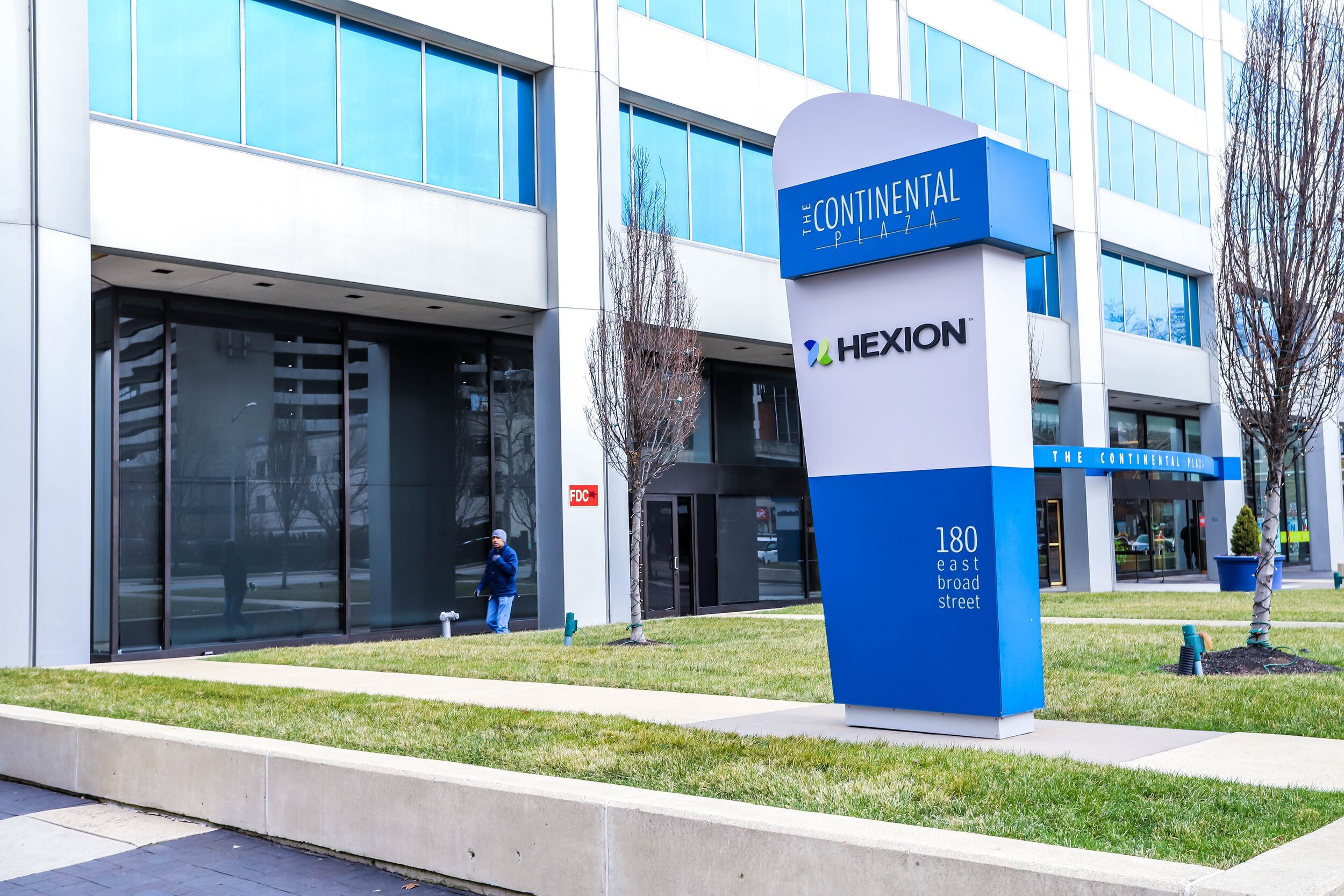Hexion





Integrated Building Systems mixes the right A/V solutions to support Hexion’s mission of “responsible chemistry”
Hexion’s chemistry impacts nearly everything you see or touch: renewable wind energy, high-tech resins, adhesives, automotive chemicals, engineered wood, fertilizers, electronics, fibers, textiles, and more.
Based in Columbus, Ohio, Hexion’s global team of more than 4,000 people aspires to help solve today’s most-pressing issues and make our world better, safer, and cleaner.
Hexion’s origin dates back to 1899, with the founding of the Gail Borden Jr. and Company. In 2005, “Hexion” was formed by the merger of then-Borden Chemical, Bakelite, Resolution Performance Products (which includes the Shell epoxy businesses), and Resolution Specialty Materials.
In its Columbus offices, Hexion was frustrated by video-conferencing failures with its legacy audio-visual system, and asked for Integrated Building Systems’ help with:
Improving audio quality. Their ceiling microphones were supposed to be retractable, but they wouldn’t extend down into position. Even when the mics were in place, their coverage was spotty and not balanced throughout the room.
Creating adequate video projection. Their existing video source was a TV cart system that was too small, not integrated with the audio system, and therefore infrequently used. Because of these challenges, additional mics had to be placed in the center of the table for audio connections – and many meetings were reduced to using a small speaker phone.
Connecting audio and video with a conferencing system. Their conferencing system was not integrated with the video projector and screen used for document presentations. Also, the room often had to be darkened to use the projector, which reduced the quality of the conferencing-system image.
Hexion selected Integrated Building Systems to solve these A/V challenges in the board room, the reception area, and other meeting spaces. Integrated Building Systems achieved key outcomes that ensure the rooms are both intuitive to use and highly collaborative:
Superior sound transmission was created with an “in-grid” beam-forming microphone array for unified conferencing. This new array eliminated the retracting microphones and cords and improved the audio “pickup” for a very even coverage of all who are in the room.
Customized touchscreen controls on an iPad made the room systems easy to use, with intuitive “buttons” to manage video source selection, source audio levels, microphone levels, and display power.
Device interoperability with a USB dongle presentation system enabled easy connections to Windows, Apple, and Chromebook laptops as well as iOS and Android tablets or phones for unified room display and communications.
An ultra-narrow-bezel video wall display replaced the projector and screen, making it possible for lighting in the room to be set at a brightness that allows for proper camera imagery.
Flexible video options were provided with a shape-recognition, digital pan-tilt-zoom camera; USB connections to the in-room computers and tabletop connection points provide accessible inputs and controls.
Invisible connectivity with Connectrac under-carpet wireway allowed power and data cabling to be delivered with the existing connectivity pathway. Due to the age of the building, additional core access was not an option.
